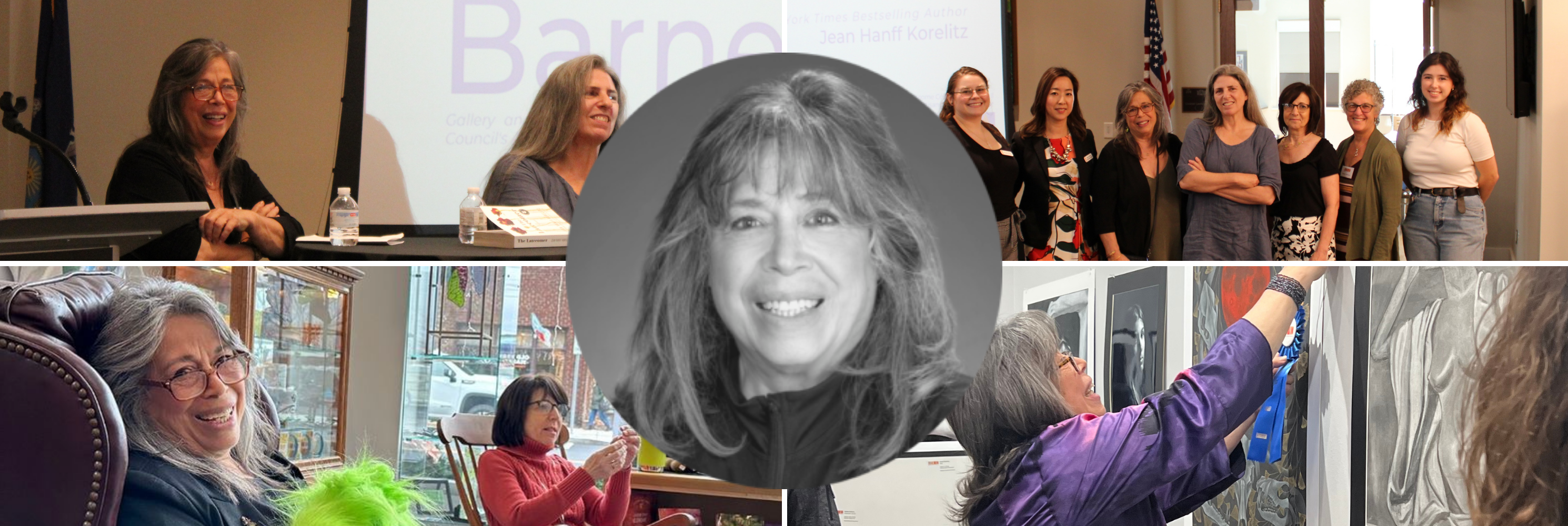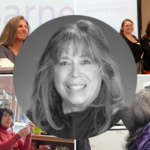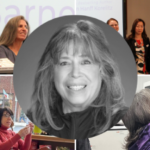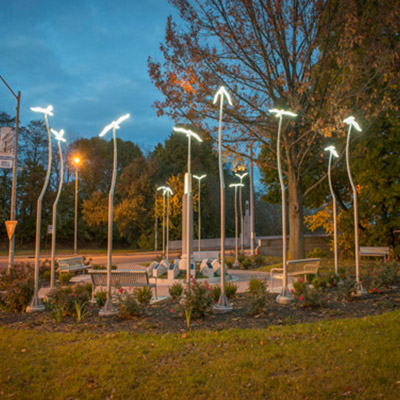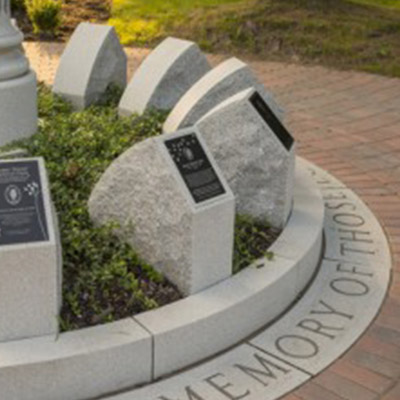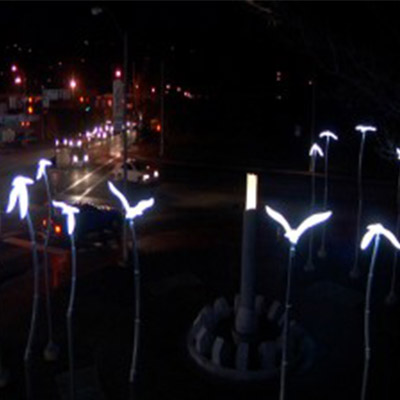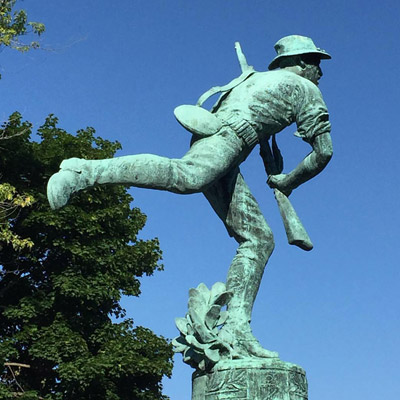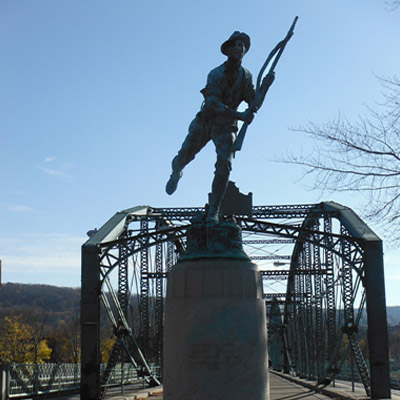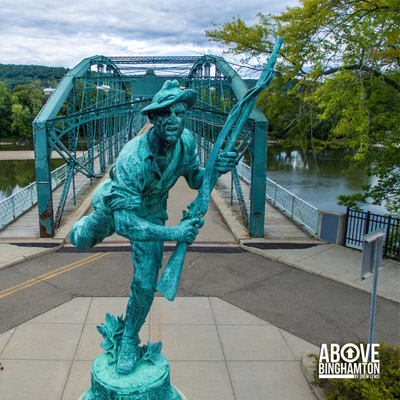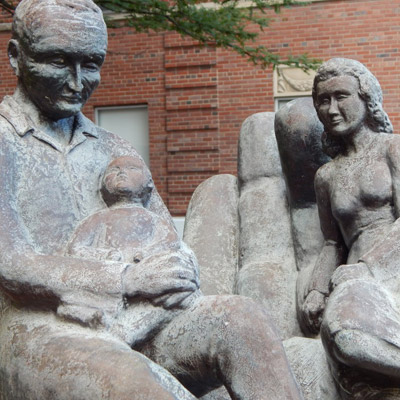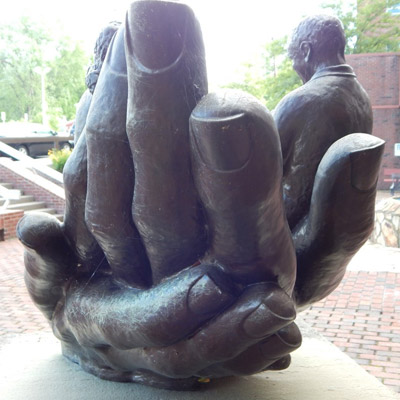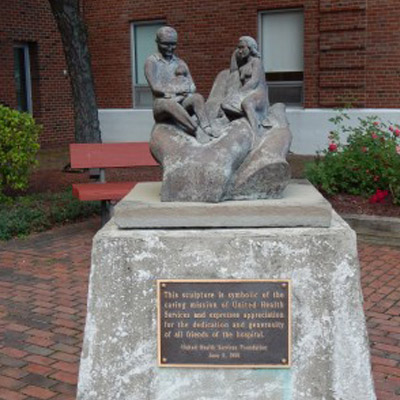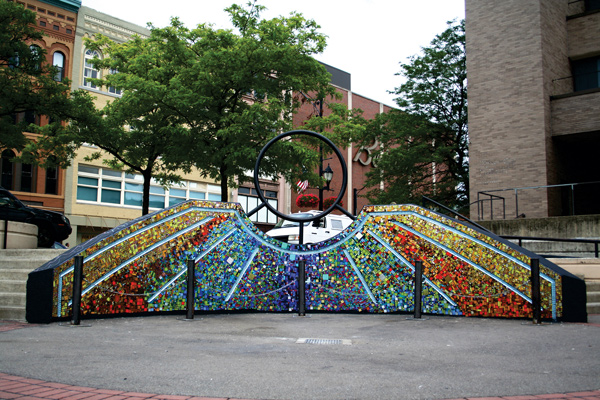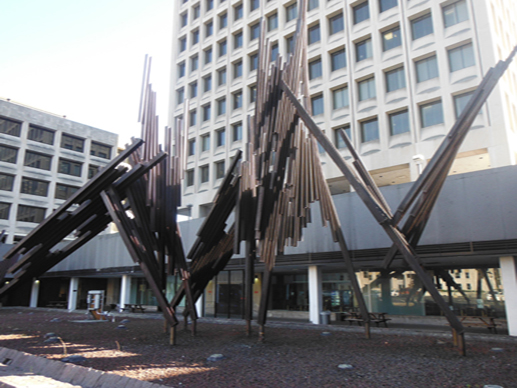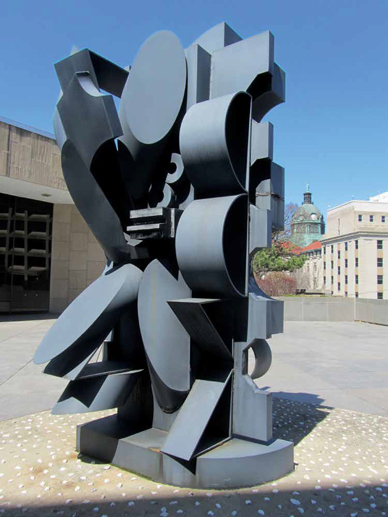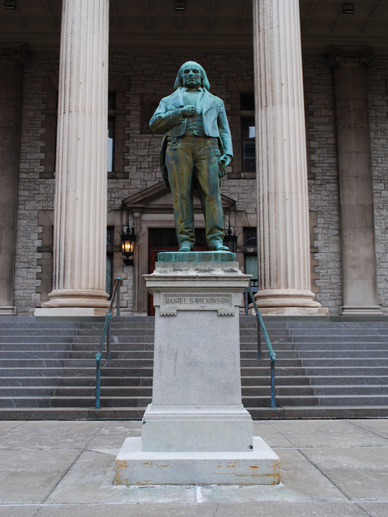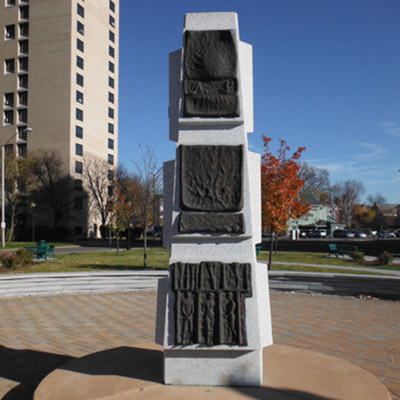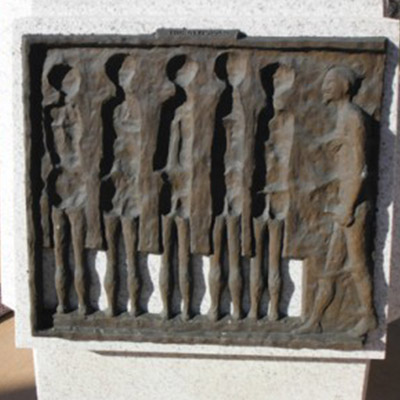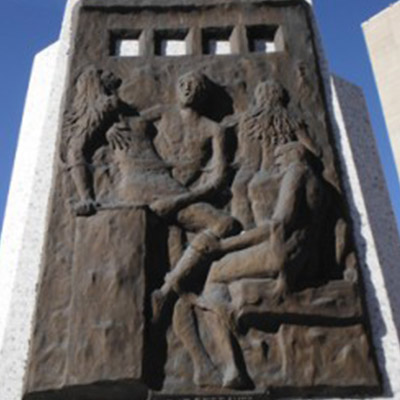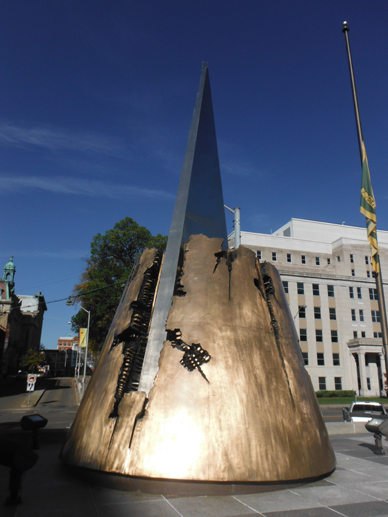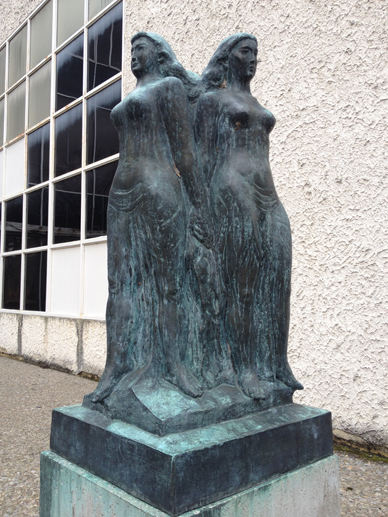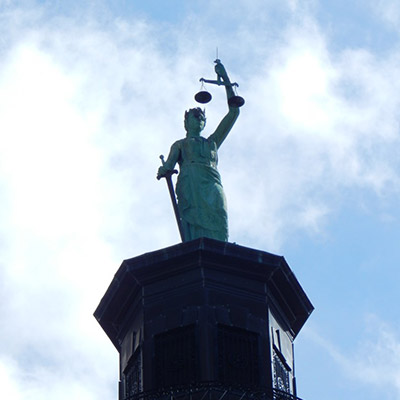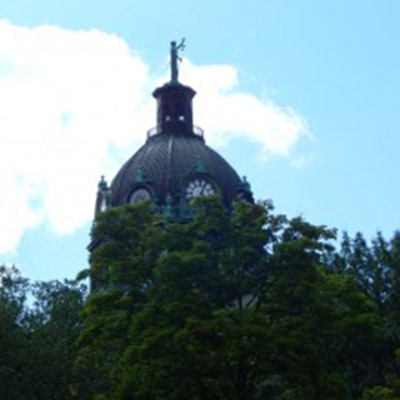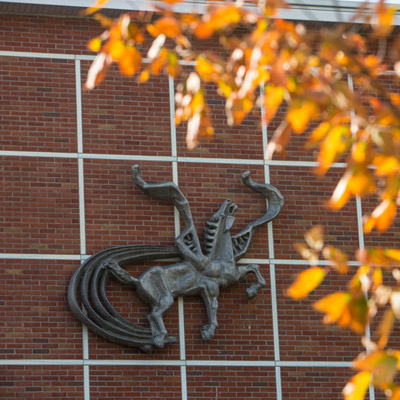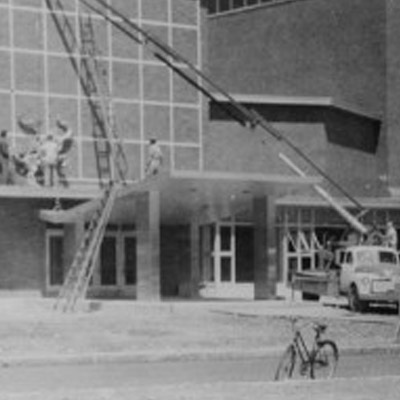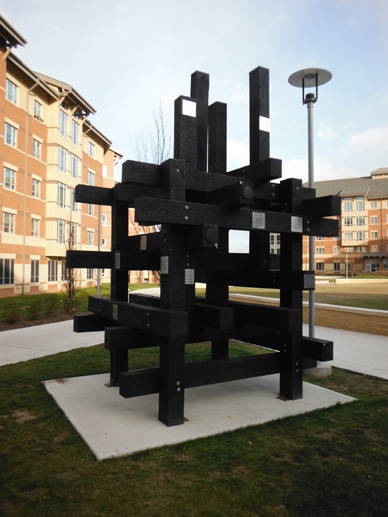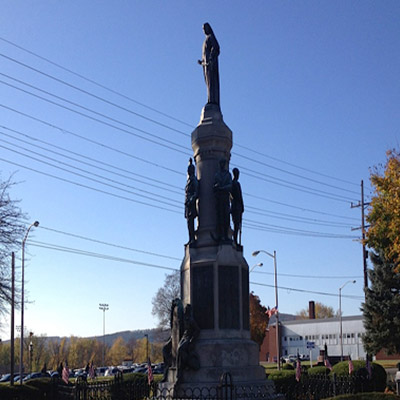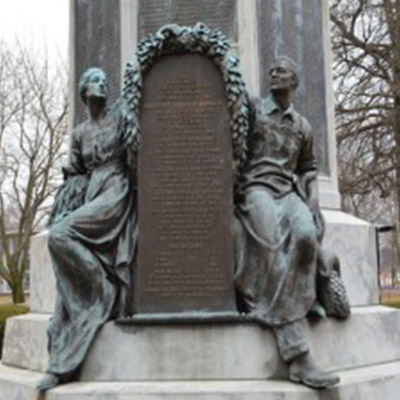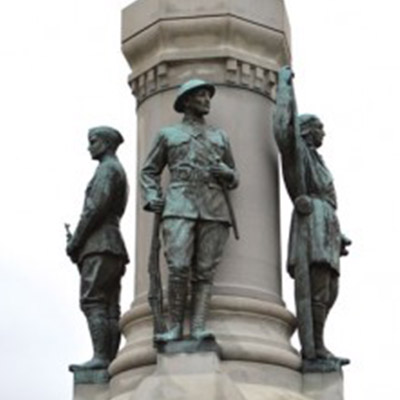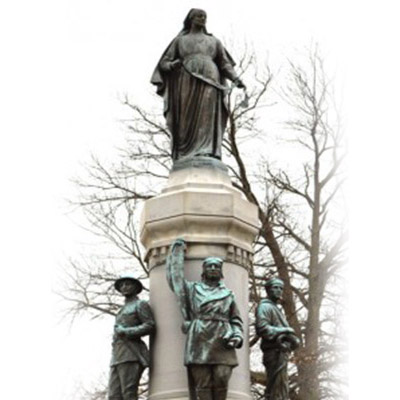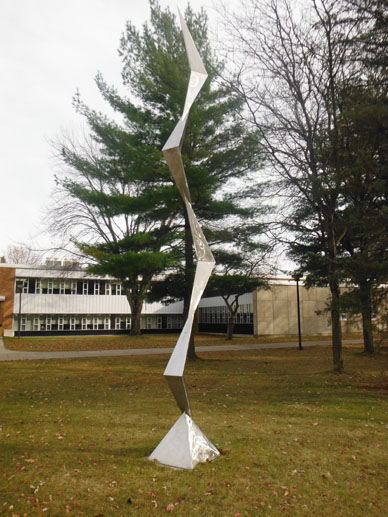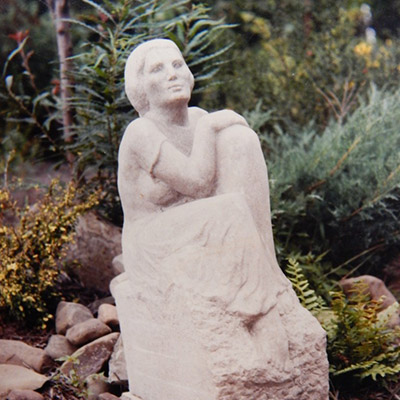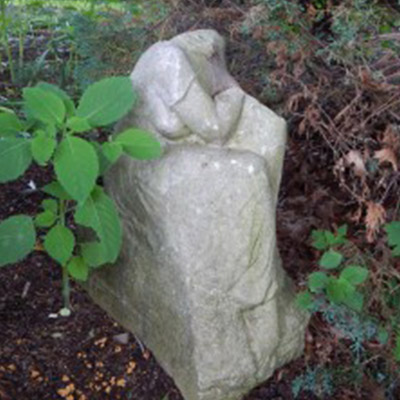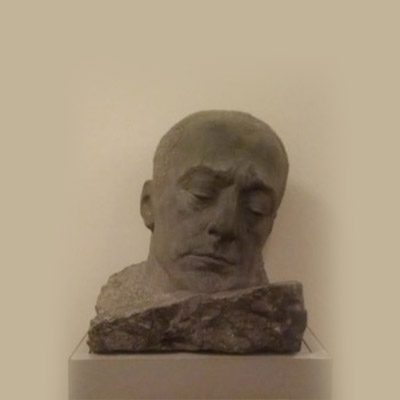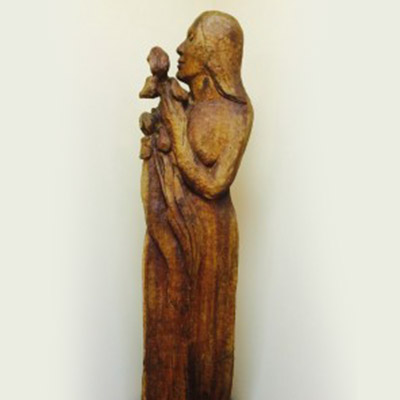Connie Barnes, Broome County Arts Council’s Gallery and Education Manager, has been living and working in the Southern Tier for more than 40 years. Currently a founding board member of VINES (Volunteers Improving Neighborhood Environments) and a long-time board member of the Broome County Public Library, she also served as a founding board member of Binghamton Imaginink, an arts and science-based organization featuring the DaVinci Festival. As Executive Director of the Edward L Rose Conservancy, PA, she helped create the long-running semi-annual art exhibition “Images of Susquehanna County.” As co-owner and event coordinator for RiverRead Books, she hosted monthly art shows and opened the doors for many author readings, poetry gatherings, and music events.
In her latest adventure, Connie Barnes has worked with the Broome County Arts Council at Artisan Gallery for over five years. Weathering multiple facility relocations, staff & board turnover, COVID, and an ever-developing arts scene, Connie Barnes has continued to serve as a direct connection between artists and audiences, fostering a dynamic arts community in Broome County. In honor of her five years at BCAC, our Marketing Manager Abigail Cornelia sat down with Connie to chat about her time at Artisan Gallery.
This interview has been sparsely edited for clarity.
A: You have quite a varied resume, including a science education and background?
C: Yes, I have a bachelor’s degree in Zoology and I am a histologist by trade—someone who studies tissue and cellular structures.
A: And you’re originally not from this area, you came to Binghamton to work at the hospital and run the lab over there, correct?
C: Yes, the Histology lab over at Wilson Hospital. I came from a small hospital in New Hampshire, the pathologist I worked with there really encouraged me to reach and go further in my career. I did a lot of research, presented several papers at conventions across the country and became fairly well known in the field. Wilson is a teaching hospital and I was honored to be hired to run the lab. Histology is actually an art all by itself. I still have some of my slides and I do have some photographs my husband had taken, the microscopic images that come from the work that I do. They’re beautiful, beautiful things.
A: I bet. So you were an accomplished histologist, founding member of VINES, board member of BCPL, and you ran River Read Books. Can you give me a brief overview of these high community involvement threads in your life?
C: I can explain my volunteerism with one word: PHILOTIMO. Loosely translated it means “to help one another.” My parents said I was born with it. I have volunteered since I was very young to help others in any way I could. I taught many classes in swimming, figure skating and more. Then I had a child with special needs. And I got a lot of help from places like Catholic Charities. They were there for us and are partially responsible for the success my adult children have now. And I swore I would give back to this community in any way I could. I started by organizing the People’s Procession of First Night Binghamton. Hundreds of people built or carried puppets in this New Year’s Eve celebration. I really loved the workshops and meeting the people. When we opened the bookstore I was immediately asked to be on the library board and I was there for 13 years.
As far as VINES is concerned, I give credit to the very progressive new mayor at the time, Matt Ryan. The first thing he did was ask us to form neighborhood groups and to gather and talk about what we all needed. So I remember going to Columbus Park and sitting on the bleachers there and he said, “so, what do you think?” and I piped up right away and said, “I would love to see community gardens.” I had just read a wonderful book by a former football player who started community gardens, so I was inspired. There were three other people there, one of them I knew, the other two I didn’t know, and they also had the same idea. We formed a group, found another organization we could work with and we just started to grow. It was amazing. But I will tell you one thing, we would not have grown the way we have without the young folks who joined us from Binghamton University’s Environmental Studies program. And they’re still with us today.
I was president [of VINES] for the first five years and I remain on the board to this day. It’s an incredible organization that brings like-minded people together and they all do good. I will be there forever. AND we are about to complete construction on our new office building!
A: Given your background in histology, environmentalism and public service, what motivated you to work in art specifically?
C: I have a textile background and I’ve just always loved all forms of art. I’ve gone to all kinds of exhibitions in New York City and all over New England. When we opened the bookstore, we had a new art exhibition every month.
When Nancy [Barno-Reynolds] was opening the new BCAC gallery, she contacted me knowing the experience I had with exhibitions, events and retail. I was hired as Gallery/Retail Manager and Jenny [Chang] came in as Gallery Exhibition/Events Manager. Jenny and I worked together for two years and when she had a baby, it was decided I would then handle all aspects of gallery management. Although I don’t have formal art training, I have a good eye and respect for all art and artists. I enjoy seeing the arts bloom larger every day!
A: Can you tell me more about your textile background, about being a weaver?
C: Oh sure. I was always interested in being a weaver because my grandmother was the family weaver in Greece. She was a shepherdess and it was her job to spin the wool and cotton, and make the clothes. So, I don’t know, when I moved to Binghamton, I decided to look for weaving classes. I got a small, four-harness table top loom. There was a little tiny bookstore on Front Street and the lady in there was a weaver. I took a couple of classes from her on how to set up the loom and I taught myself the rest. I enjoyed weaving as my grandmother did with textiles, not specifically art, but moreso linens and yardage to make clothing. I’ve been a seamstress since I was 7 years old. Just my roots.
A: So you admired weaving more for its utilitarian aspects?
C: Yes, utility, but certainly not day-to-day. Everything was a very difficult type of pattern. I used overshot patterns to create these incredible designs invented by many past weavers. That’s what I enjoyed the most, taking difficult patterns and building a rhythm.
A: Do you have a favorite exhibition or Artisan Gallery event from your time here?
C: You know–I love the Members’ shows. I really do. I get inspired every time we have one. I hear a lot of negative talk about Binghamton and Broome County and “it’s rustbelt” and, you know, I see the better side of it. The artists, whether it’s visual, music, literature or theater—they’re a gift to our community.
A: From a lifetime involvement in the arts, is there anything about the Broome County arts community that has surprised you over the years?
C: The hidden talent throughout our region. It grows and grows! And the pride that art brings to the community. Binghamton and Broome County are making their mark on the art world!
A: I agree. To close up, what is something you wish people knew about BCAC or Artisan Gallery?
C: That we’re here! The fact that we exist, we’ve grown tremendously, and with that, we hope to continue to make the community grow with everything we have to offer.

